Growing up just 20 miles from the Kofa Mountains, I had heard many tails from the “old timers” who hunted this great and intimidating place. I saw several large racks and many more photos supporting the claim of the giant desert deer that roam there. Some very large bucks are still being taken today, including Roger Sorenson's monster 40 plus inch buck taken in 2005 and the so many more never recorded!
With just 4 days left of the 2010 general rifle hunt, Dino and I headed down to Kofas with hopes of finding a buck reminiscent of the bucks of yesteryear. We did not have much time scouting the unit as I was very busy scouting other units for our clients, but I had been keeping record of the rainfall data throughout the region. The monsoon season had not yielded much widespread rain. This would make the animals much more concentrated in the few "green-up" areas. But it would also challenge most hunters’ minds.
Hunting the desert is an extreme mental challenge. It requires extraordinary patience and mental endurance. These deer are nowhere and anywhere at the same time. The vastness of this region allows these monster bucks to continuously roam. These bucks have no habits!
The first day of hunting was one of those challenging days I am referring to. We found just 4 does and 1 very small buck in 12 plus hours of glassing. We covered a huge amount of country from our vantage point, but we knew it was puny compared to what else was there. We were looking for a needle in a haystack. The second morning found us at a new location only 3 miles from where we sat glassing all day the day before. We were hoping to get a better angle into several of the deeper cuts and washes that ran far into the distant flats. Also, the new location would allow us to glass on the shady sides of the more dense bends of the washes. The wind howled all day long. We glassed patiently though, hoping to catch a buck as he stood for a split second to adjust his bed. It was our only hope on this day. But night fell on another day before we found what we were looking for. Most mule deer hunters are accustomed to reaching a vantage point long before daylight in hopes of catching a buck moving to bed in the gray light of morning. Others hunt throughout the day by pushing steep canyons and thick pockets of timber trying to push a nocturnal buck from his bed. Although these tactics work very well in most mule deer country, they are unsuccessful tactics here - this place is not most mule deer country. The majority of the large, mature bucks we find are feeding or moving several hours after daylight. As I stated earlier...these deer have no habits.Day 3 started with the same hour long Rhino ride and long hike to the top of the same vantage point as the day before. Although we did not find anything the previous day, Dino and I decided to give it another shot. The vantage point offered too much country and too much sign to walk away from after one windy day of glassing. This day dawned a beautiful morning, and the lack of a breeze and slightly cooler temps heightened our hopes. We could see into several green areas,and we were not far from water. We had to be patient - we knew we would find what we were looking for.
When I first found the buck bedded in the wash, his rack was partially hidden behind a Palo Verde tree. We could tell he was big, but we couldn't tell how big. He appeared to be a very large 2 point. This can be somewhat common in desert country. We studied the buck for 10 minutes or so before Dino said those magic words, "A big deer is a big deer. I want him." Dino is not a numbers guy at all. He swears scores are for games, not hunting. The 28"-30" fork horn was plenty good to him...After all, a big deer is a big deer! Dino was just about to leave for the stalk when the buck momentarily stood and adjusted his bed, revealing his entire rack. We could now plainly see the massive, wide 4X5 rack. The mood intensified to say the least! Although desert deer are smaller bodied than their rocky mountain cousins, their heads and ears are very large. Mature desert deer, like in the Kofas and many other desert areas of the southwest, will commonly have 25"-27" wide ears. The ears act as radiators to disperse the heat, the blood vessels in their ears have more time to cool the rest of their body. These deer live and survive quite well in 120 degree weather! Dino, now more motivated, gathered his things to get on his way, and paused to discuss options of the stalk with me. We both decided he should circle behind the buck to a high knob from where it looked to be a 400 yard shot. The stalk went well, and he was in shooting position after about a 45 minute "sprint " and climb. He just had to wait for the buck to stand up and move into a lane for a clear shot. Finally the monster buck rose to his feet and began feeding. It was 10:30 AM! All Dino could see was the rack moving above and through the thick underbrush. The buck slowly worked from Palo Verde to Palo Verde and Ironwood to Ironwood, with no certain direction. Dino waited for the buck to step into a small opening underneath a large Ironwood tree.From my vantage point I could see a camp less than a half mile away. I could hear hunters laughing and joking. All of their vehicles were in camp, and they were done hunting until the evening. But the buck was up feeding within walking distance of their camp.
Dino clicked the safety off and prepared for the shot. We thought the shot would be around 400 yards. We were off by a bit. The shot was almost 500 yards. The 300 Win mag had plenty behind it for such a shot. There was no real chance of getting a closer shot on the buck were he was feeding. The time was now... the shot echoed through the valley.
I watched as the buck spun around and headed directly towards Dino. He was limping badly. Dino's first shot hit the buck, but I could not determine where he had been hit. The buck had no idea where the 180 grain bullet had come from, and he was trying to get to cover.
Three more shots ranged through the desert as the buck was making his way closer and closer to Dino. I heard the tell tale thump from at least 2 shots and glassed intensely trying to catch a glimpse of the buck trying to escape, or hopefully going down. The buck emerged walking slowly with his head hanging low, walking to another large Palo Verde tree. The buck spent little time picking a place to bed down. He was hurt...BAD! I was starting to realize just how big the buck was and knew we were looking at a true 30" plus monster.
The buck’s back was towards Dino but offered no shot. Dino made a wise decision to work down the knob and towards the buck. The buck’s head was still up, and Dino was finally able to get a better angle and a clear shot into the front shoulder of the buck. The 300 barked one last time that day. The echo seemed to last forever as the monster buck laid his head down for the final time. He was finished.
As Dino and I approached, we could tell there was no ground shrinkage on this buck. The monster desert buck was actually growing! Now he was in our hands. Dino simply said, "A big deer is a big deer." Obviously I agreed.
South West Hunting Adventures have hunted the Kofas and the southwest Arizona for deer and sheep throughout our lives. We have always had good success, but most importantly we have learned many lessons about the environment and the animals that inhabit it. The Kofas are an extraordinary place. Miles and miles of unmolested country provide these desert nomads security, food, water, and most of all...the ability to grow old. Some people will only see this place as a wasteland of desert, but we see it as one of Arizona’s' finest hidden treasures.

Who would have thought a 32" 198 gross unofficial typical mule deer buck would have been taken from a place as inhospitable as here? A place that can be hunted every year? We knew it would happen!






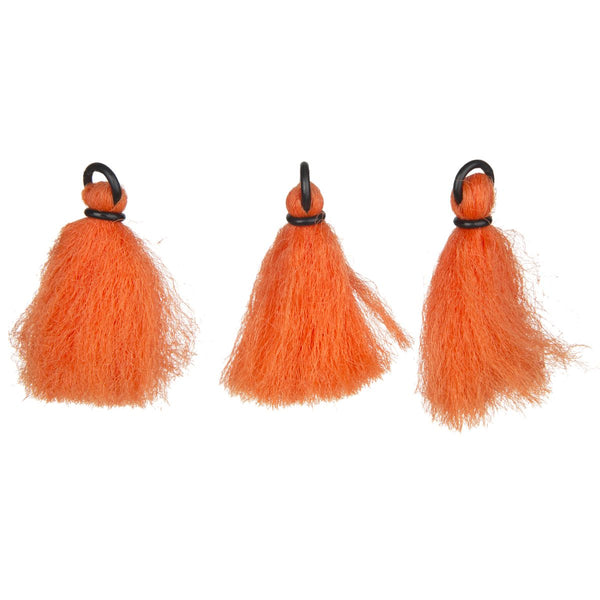
: invalid url input -->)
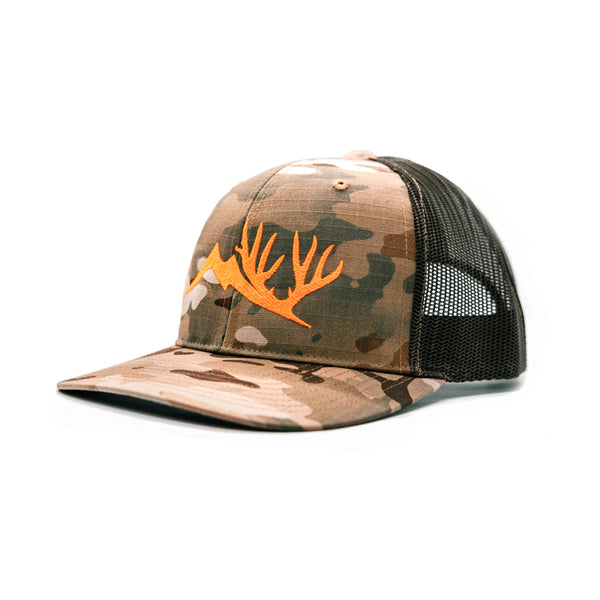
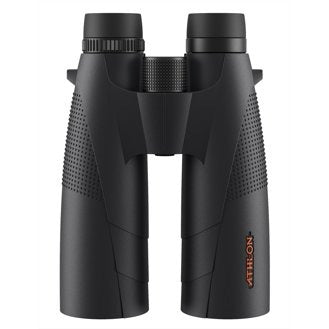
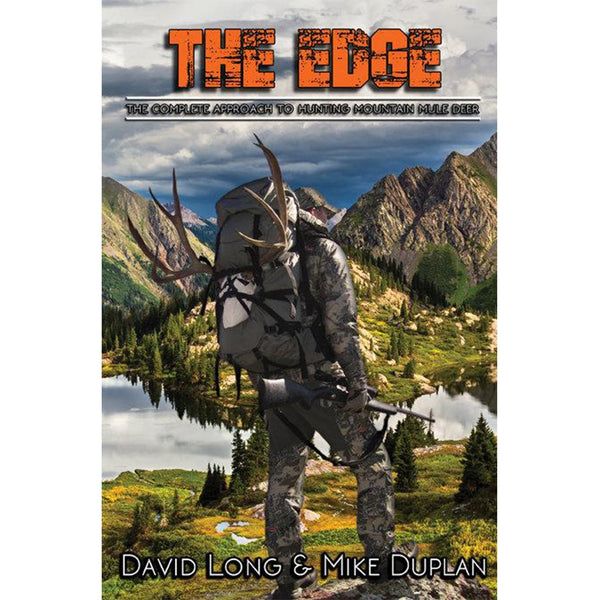
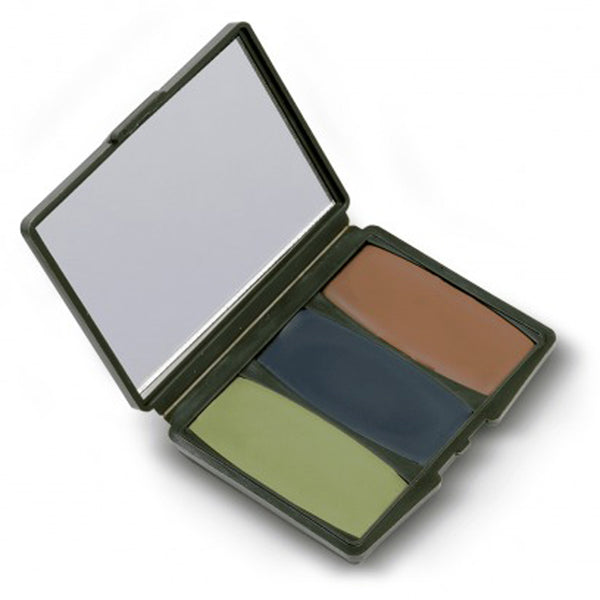







Leave a comment